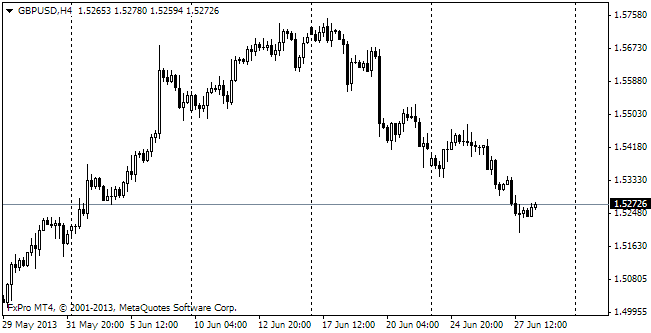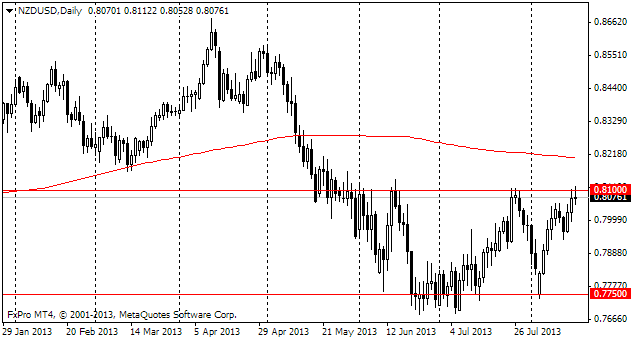EUR/usd
The US exchanges rocketed as risk-demand strengthened. Yet, not only the US markets did that. The sanctions, imposed by the West with regard to Russia, proved to be quite mild and apply only to a few Russian and Crimean officials. Of course, it is not the end, this afternoon the Russian president delivers a speech to the legislators, expressing his opinion on the issue. This will inevitably stir up outrage on the part of the USA and EU and entail new sanctions. But until then the single currency is enjoying floating above 1.39 and stock markets are enjoying good demand. Anyway, we recommend to be cautious in regard to the further weakness of the dollar. Today the Fed's two-day meeting starts, which will be followed by a press-conference. It seems that there is no big intrigue about the probability of another QE cut. The intrigue consists in the probability of hints at the further acceleration in the pace of this tapering. Previously Bernanke has used such press-conferences to explain the scheme of future actions. At them he has described general features of the future stimulus programme, shifting of the focus from inflation to unemployment (though subject to inflation), the course of reduction of incentives by the Fed. Thus, the current meeting poses a higher risk of volatility than the previous one. Besides, the economy seems to regain confidence. Last week we had strong statistics on retail sales and yesterday – on industrial production. The latter grew by 0.6% in February and the manufacturing sector – by 0.8%. In addition, the Capacity Utilization Rate increased as well. Last month it made 78.8% and the rates above 80% already produce quite a strong inflation pressure and can become one of the reasons for tightening. Now it is too early to speak about the rate increase, but it is quite possible that we will hear about the intention to completely curtail QE this year, which should support the dollar.
GBP/USD
While 1.3900 was a support for the euro-dollar yesterday, 1.6700 was a support for the pound. For less than three hours the pair jumped right by 60 pips, while the markets were playing up relatively mild sanctions regarding Russia and the Crimea. Today again there will be little statistics on Britain. Attention should be paid only to the release of the US data. We expect construction statistics and the Consumer Price Index. It is forecasted that the CPI will change just by 1.2% y/y, while housing starts and the number of building permits will start growing again after three months of decline.

USD/JPY
The pair has grown to 101.80, reflecting quite a modest demand against the background of the impressive 1.5% growth of the Japanese stock indices and the general strengthening of risk-demand. Apparently, lots of investors are still cautious as far as the geopolitical tension is concerned. Anyway, in the medium term we expect growth of the pair above 103. At the same time, the probability of sharp decline shouldn't be dismissed either.

NZD/USD
The New Zealand currency remains strong, growing due to weakness of the US currency. The Kiwi costs 85.50 US cents. It was that high only for about three weeks last year (until the Fed hinted at tapering) and in 2011, when the break-neck growth of the Chinese economy contributed to serious growth of exports from New Zealand. Four weeks of growth have led the pair to the overbuy zone, but the signal to sell will come only when the pair fells down below this zone.
